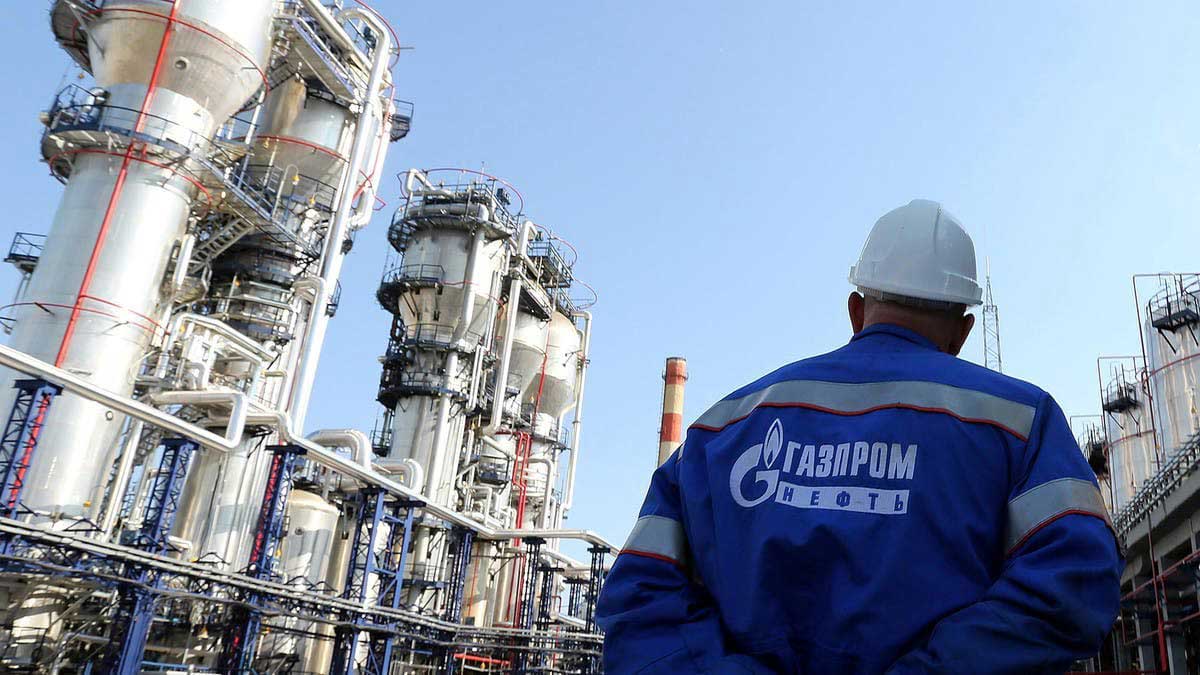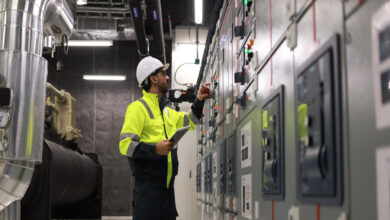أخبار عاجلة
أوروبا تواجه عجزًا غير مسبوق بإمدادات الغاز

حذرت الوكالة الدولية للطاقة الدولية من أن أوروبا تواجه “ستواجه مخاطر غير مسبوقة” بشأن إمداداتها من الغاز الطبيعي هذا الشتاء، وأن الأمر قد ينتهي بها إلى التنافس مع آسيا على الغاز السائل النادر والمكلف القادم عن طريق السفن.
وأشارت الوكالة في تقرير نشرته اليوم الاثنين، إلى أن دول الاتحاد الأوروبي ستحتاج إلى تقليل استخدام الغاز بنسبة 13 بالمئة في حال تطور الأوضاع الدولية الراهنة، بحسب ما نقلت وكالة الأنباء الألمانية (د ب أ).
وكانت عدة شركات في أوروبا خفضت من استخدام الغاز الطبيعي، وبعضها تخلت عن أنشطة كثيفة الاستهلاك للطاقة كصناعة الصلب والأسمدة.





